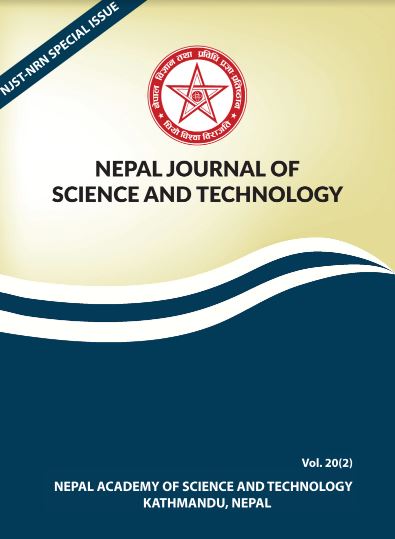Food Green Cities: A Pathway to Sustainable Urban Development of Nepal
DOI:
https://doi.org/10.3126/njst.v20i2.45808Keywords:
Food Security, Sustainable Development Goals, Urban Agriculture, UrbanizationAbstract
Urbanization is undergoing rapidly in Nepal. The causes are rural to urban migration and addition of municipalities by merging a number of rural areas. During the restructuring of the state, Government of Nepal declared 293 as municipalities among 753 local government units. Considering the municipalities as urban areas, urban population has reached more than sixty percent of Nepal’s total population. But the urban areas still have rural characteristics and insufficient infrastructures. Due to the increasing urbanization, the maintenance of sufficient open spaces, greeneries and the preservation of agricultural lands has become important urban issues in Nepal. The loss of productive lands has resulted in decrease of food self-sufficiency and green spaces in the cities. To tackle this urban issue, the Fourteenth National Development Plan has emphasized the concept of Food Green City (FGC) by integrating urban agriculture into urban planning. This paper aims to elaborate the concept of FGC and explore necessary policy intervention to realize the concept of FGC in practice based on the study of Godawari Municipality of Nepal. Finally, this study recommends FGC as a pathway for sustainable urban development of Nepal by highlighting FGC contribution in achieving Sustainable Development Goals (SDGs).
Downloads
Downloads
Published
How to Cite
Issue
Section
License
Copyright (c) 2021 Sunil Babu Shrestha

This work is licensed under a Creative Commons Attribution-NonCommercial 4.0 International License.
Authors retain copyright and grant the journal right of first publication.




